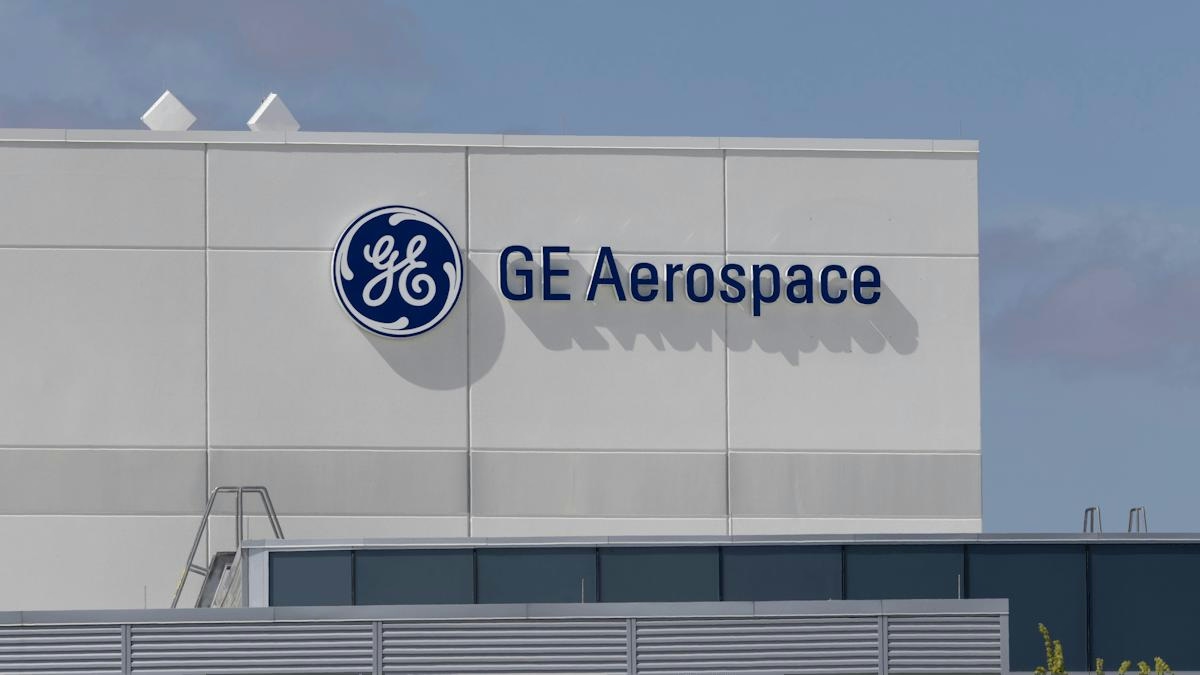
AeroGenie - مساعد الطيار الذكي الخاص بك.
الرائج الآن
Categories
stc and Kuwait Airways Sign Agreement to Advance Digital Transformation in Aviation
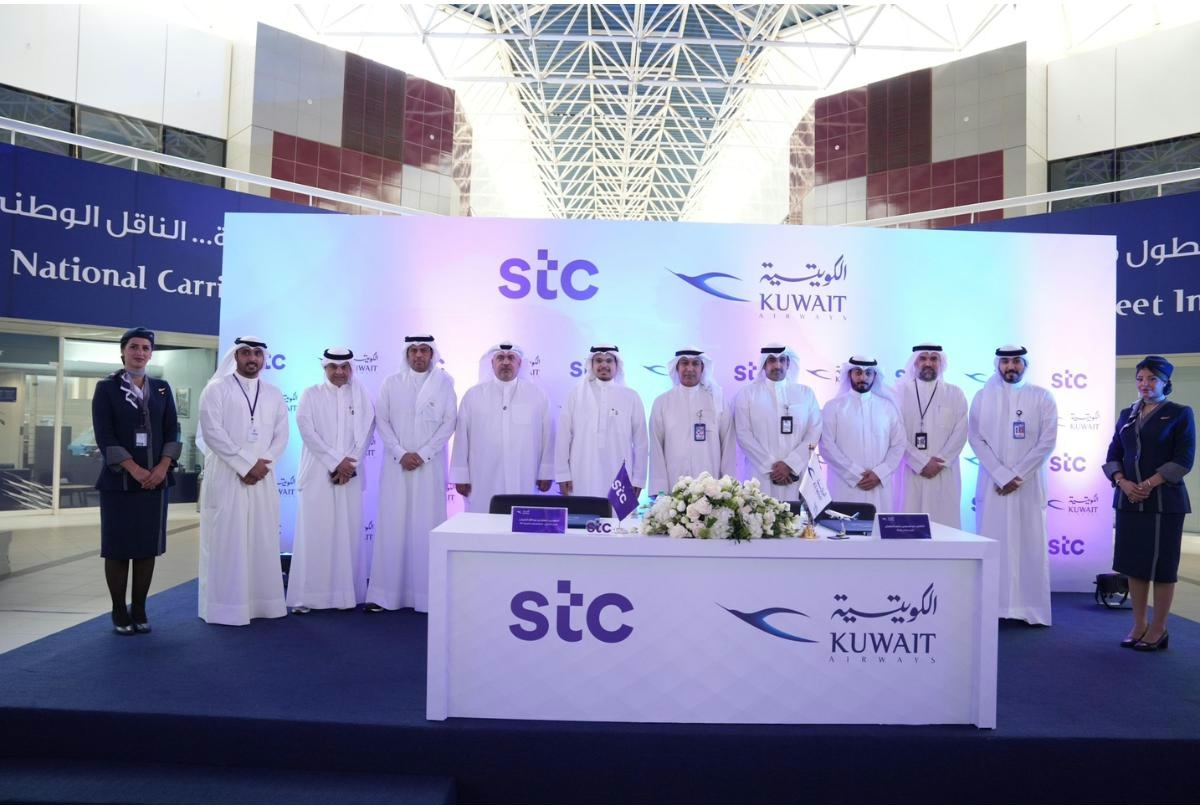
stc and Kuwait Airways Sign Agreement to Advance Digital Transformation in Aviation
Kuwait Airways and Kuwait Telecommunications Company (stc) have formalized a joint cooperation protocol aimed at accelerating digital transformation within the aviation sector. This strategic agreement is designed to enhance collaboration by leveraging stc’s expertise as a leading enabler of digital innovation, with the goal of delivering integrated services that improve operational efficiency and elevate the customer experience.
Strengthening Public-Private Sector Collaboration
At the signing ceremony, Captain Abdulmohsen Salem Al-Fagaan, Chairman of Kuwait Airways, underscored the importance of the partnership in reinforcing the airline’s role as a bridge between Kuwait’s public and private sectors. He highlighted that the protocol expands cooperation into new areas, facilitating the exchange of expertise in technology, air transport, and communications. Al-Fagaan emphasized that the agreement serves the mutual interests of both parties and contributes to the broader development of Kuwait’s national economy.
He also praised stc’s pivotal role in advancing the country’s digital infrastructure and its commitment to delivering state-of-the-art telecommunications and technology solutions. Describing the agreement as a “fruitful and important” step, Al-Fagaan noted that it reflects a shared vision for achieving common objectives through successful partnerships and productive cross-sector relationships.
Driving Innovation and Overcoming Challenges
Eng. Muataz Abdullah Aldharrab, CEO of stc, echoed these views, describing the partnership as a significant milestone in stc’s ongoing mission to drive digital transformation across Kuwait. He stated that the cooperation embodies stc’s vision of fostering strong connections between key sectors and reaffirmed the company’s commitment to providing innovative solutions aligned with customer aspirations. Aldharrab emphasized the importance of collaboration between leading companies to achieve regional excellence and leadership, particularly through the exploration and implementation of cutting-edge technologies in aviation and telecommunications.
Despite the promising outlook, both organizations acknowledge the challenges inherent in advancing digital transformation within the aviation industry. These include navigating complex regulatory frameworks, integrating new technologies with existing systems, and ensuring a seamless experience for customers. Operational hurdles such as workforce training and data security also remain critical areas to address in order to fully realize the partnership’s potential.
Market analysts anticipate that this collaboration could stimulate increased investor interest in digital initiatives within the aviation sector. It may also prompt competitors to accelerate their own digital transformation efforts to maintain a competitive advantage. As the partnership develops, stc and Kuwait Airways remain focused on delivering tangible benefits that extend beyond their organizations to positively impact Kuwaiti society at large.
This agreement exemplifies stc’s strategic vision to deepen collaboration with key sectors in Kuwait, reinforcing its position as a catalyst for innovation and digital advancement throughout the country.

Dassault Aviation and Thales Partner on AI for Future Air Combat
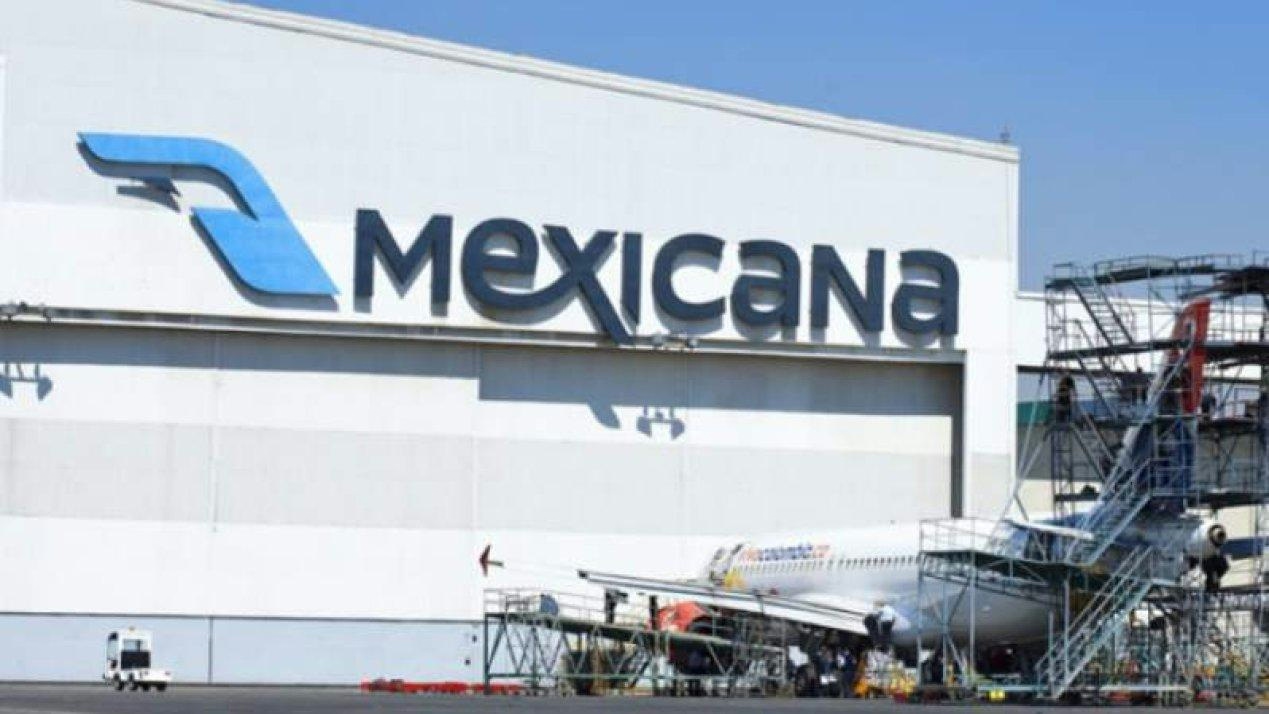
Mexicana MRO Deal Stalls Pending Banorte Extension Approval
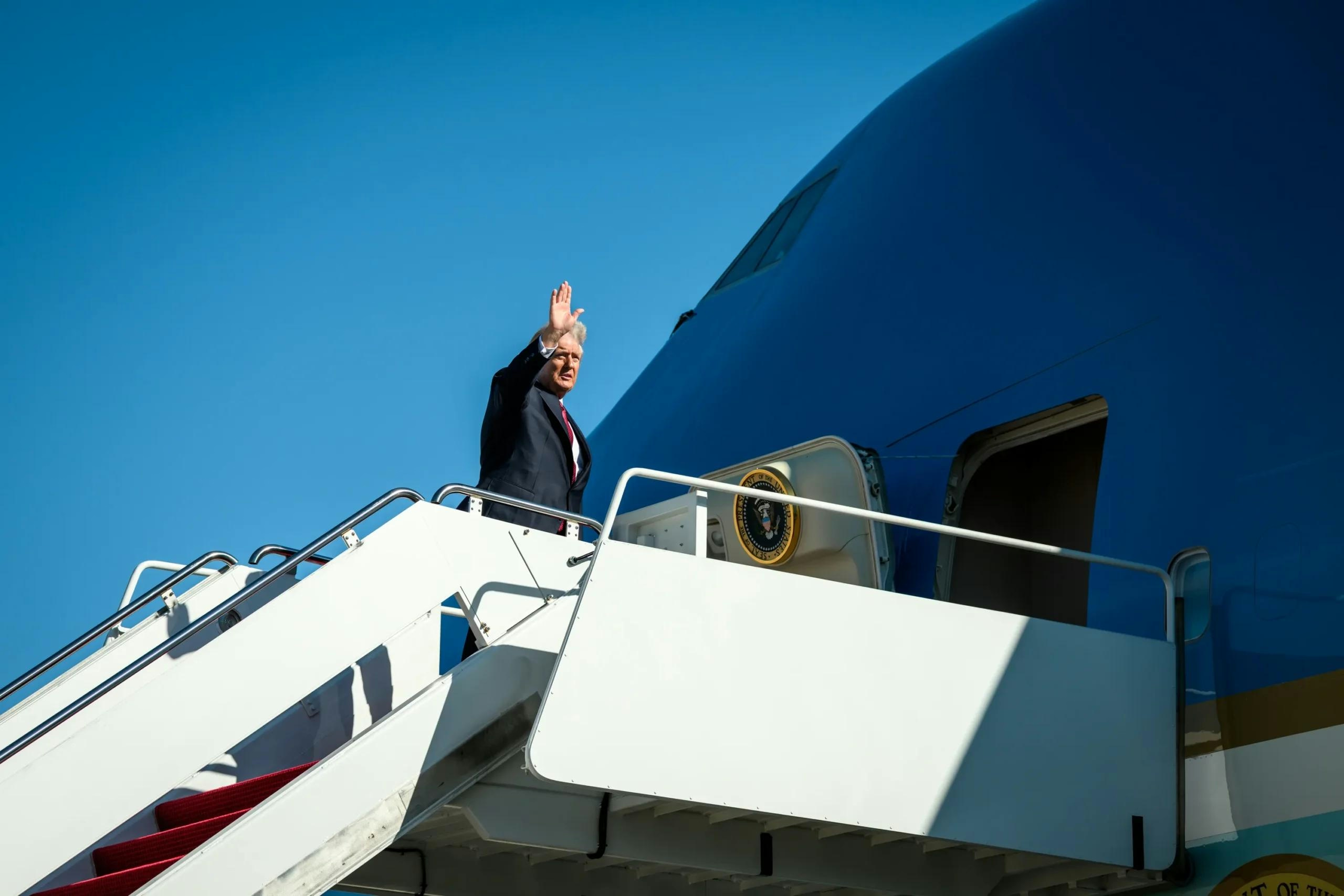
Trump's Policy on DEI Raises Concerns Over Aircraft Mechanic Training
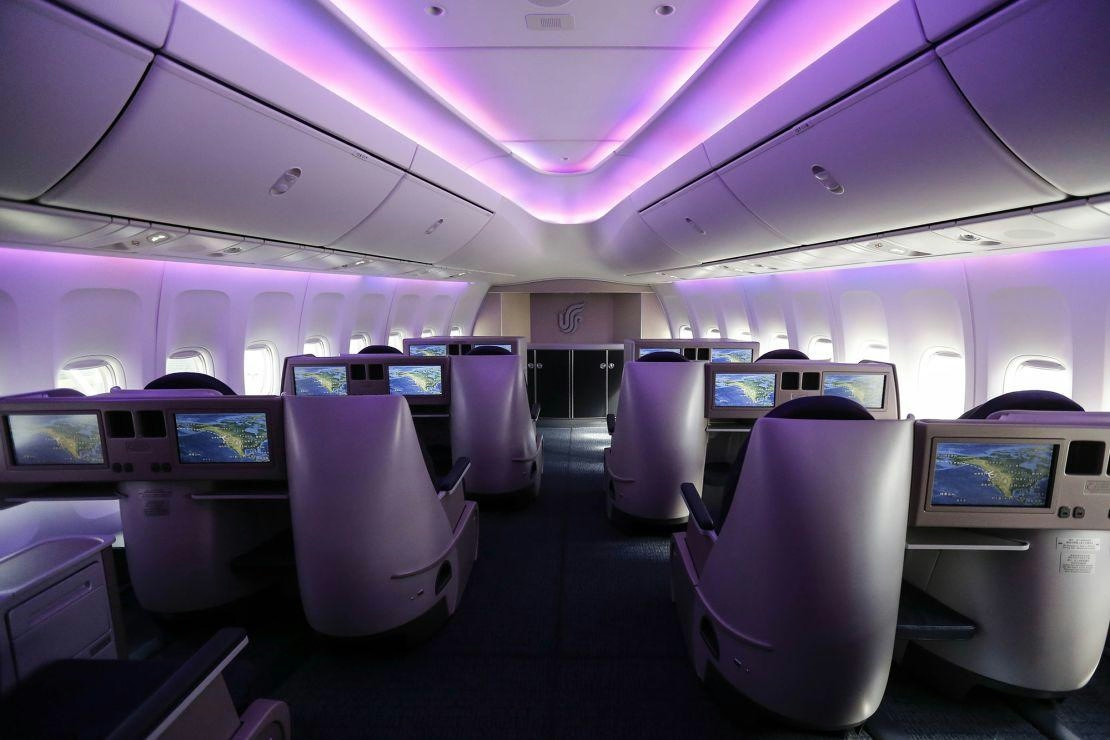
Why Boeing’s 747 Lacks a Full Second Deck Unlike the Airbus A380

Deutsche Aircraft Appoints Ernst-Georg Schröder Manager of Final Assembly Line for D328eco
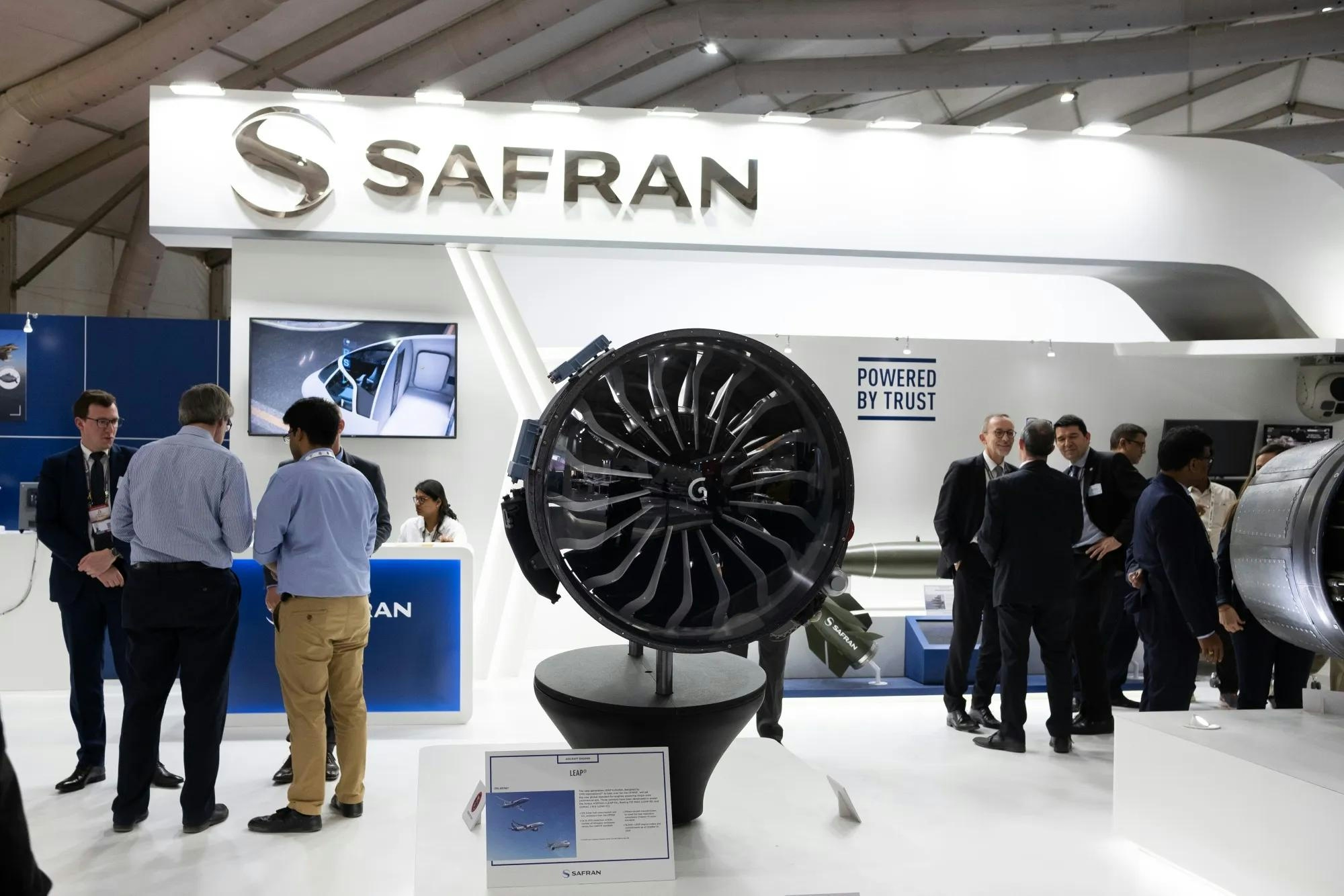
PM to Inaugurate Safran Aircraft Engine Services Facility in India on November 26
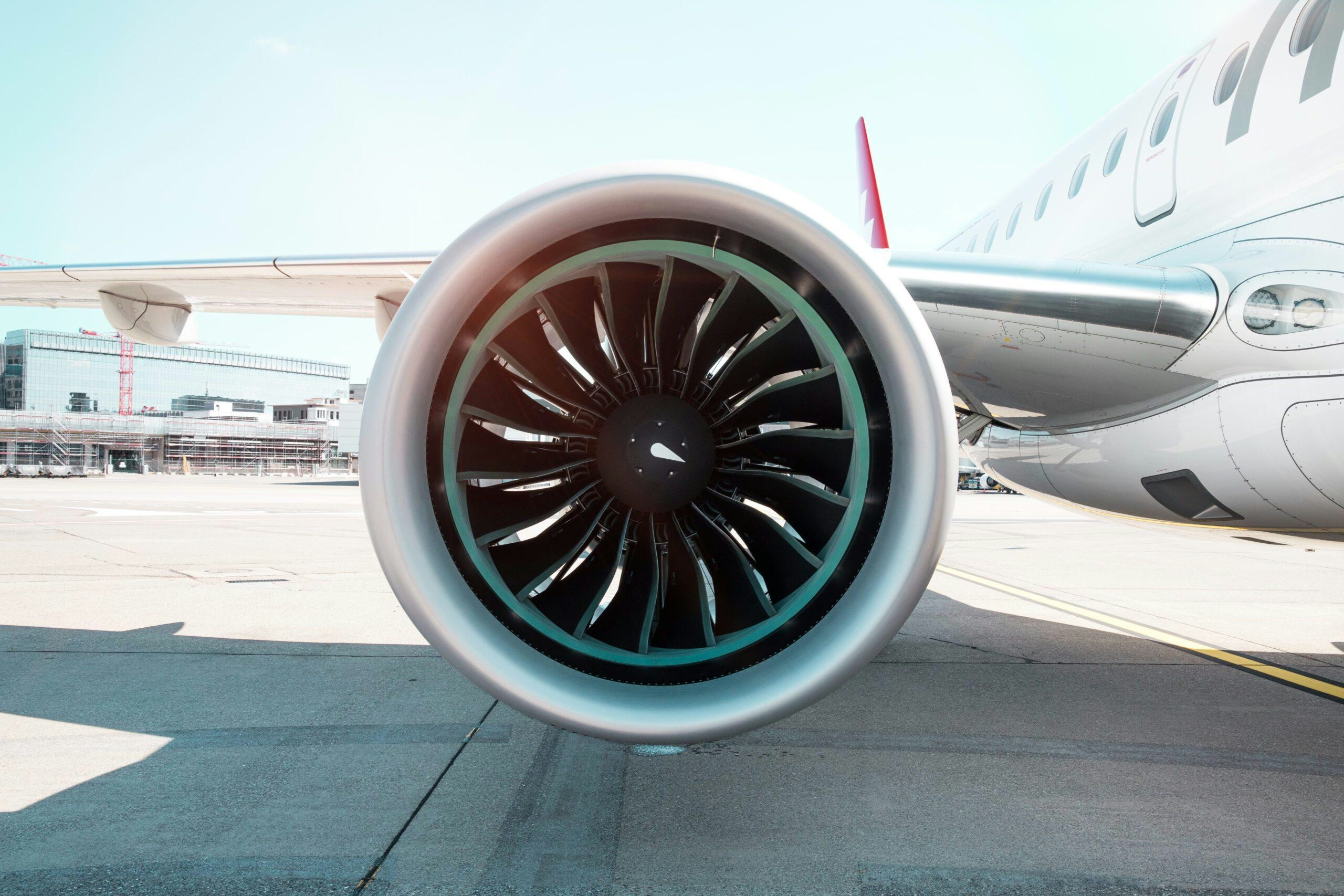
Leading Companies in Aviation Artificial Intelligence: Airbus, Amazon, Lockheed Martin, Tata Power, Thales
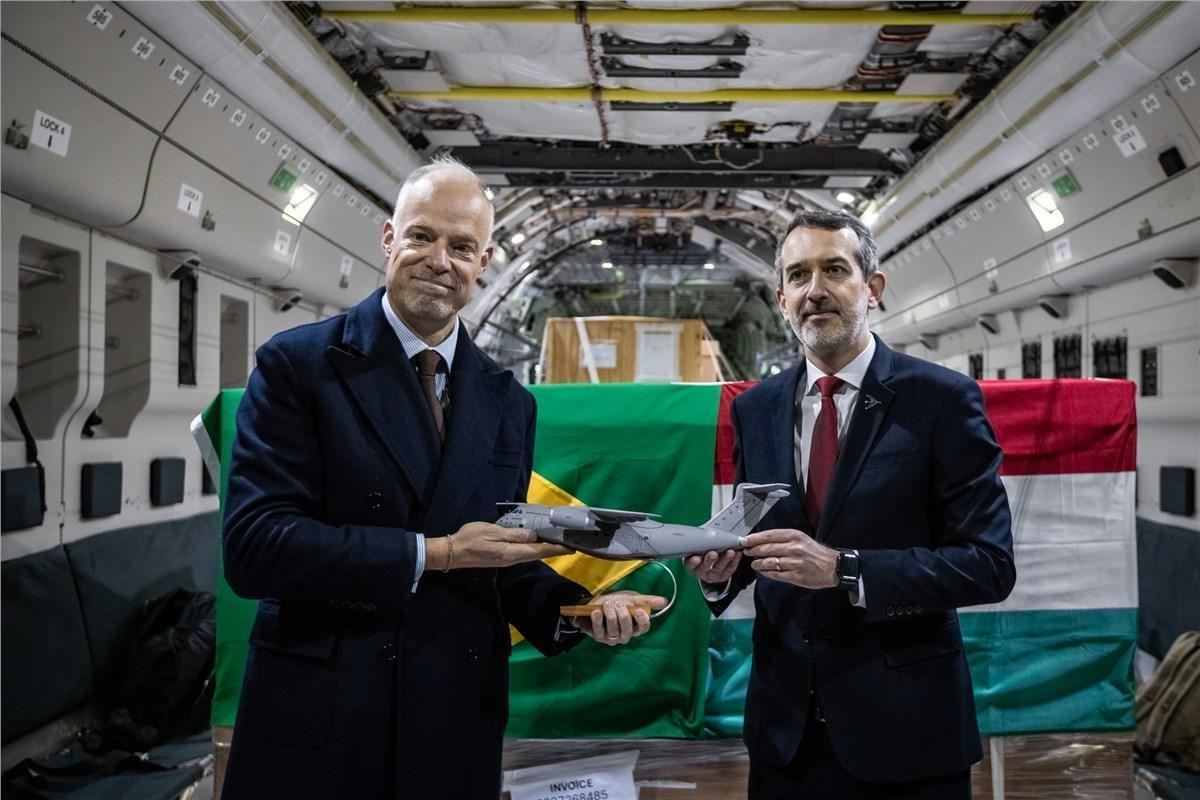
Embraer and ILIAS Partner to Enhance Military Fleet Management
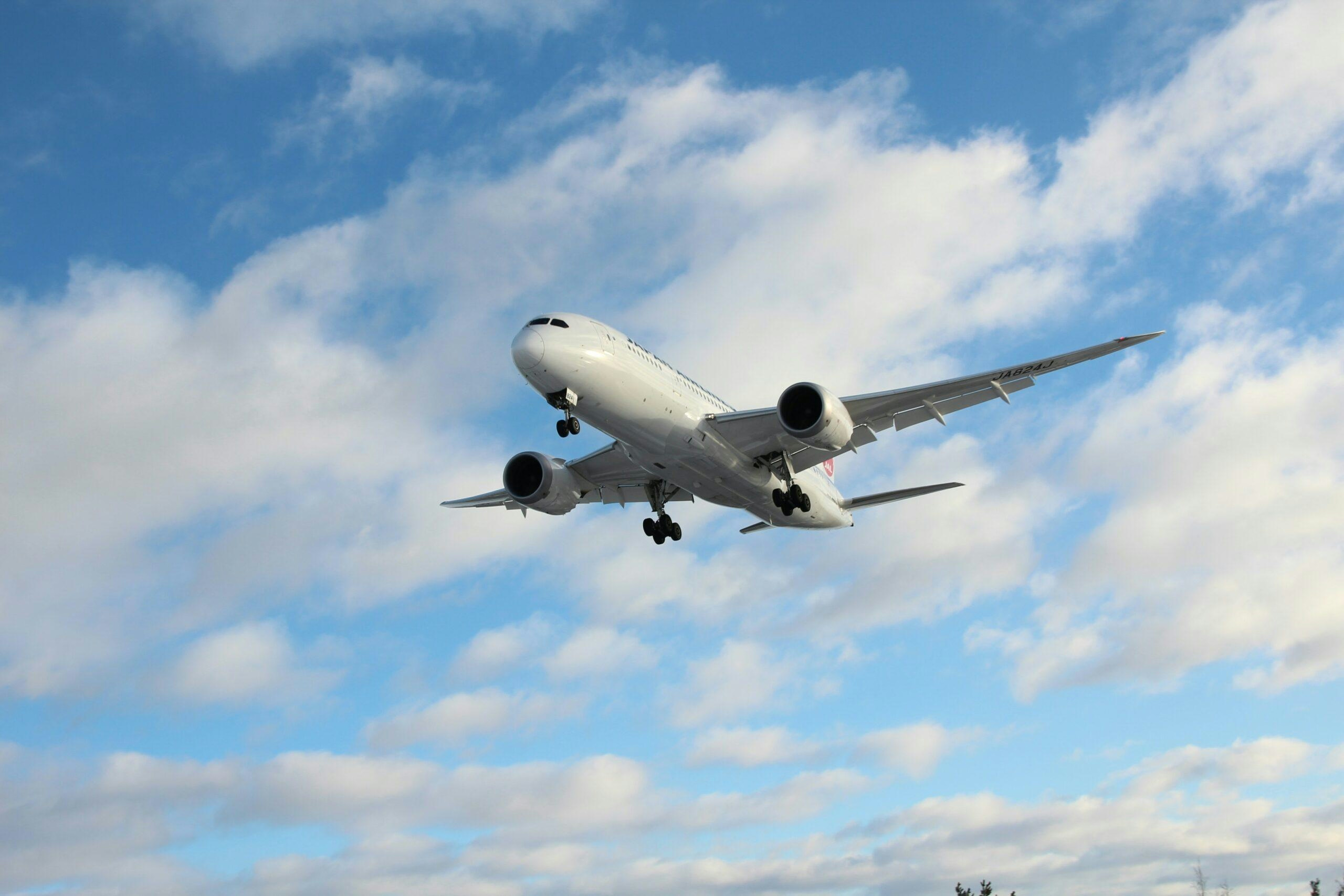
Warburg Pincus Acquires Hong Kong-Based Topcast Aviation Supplies
